The Golden Horde State. United Russian state formation in the 14th – early 16th century
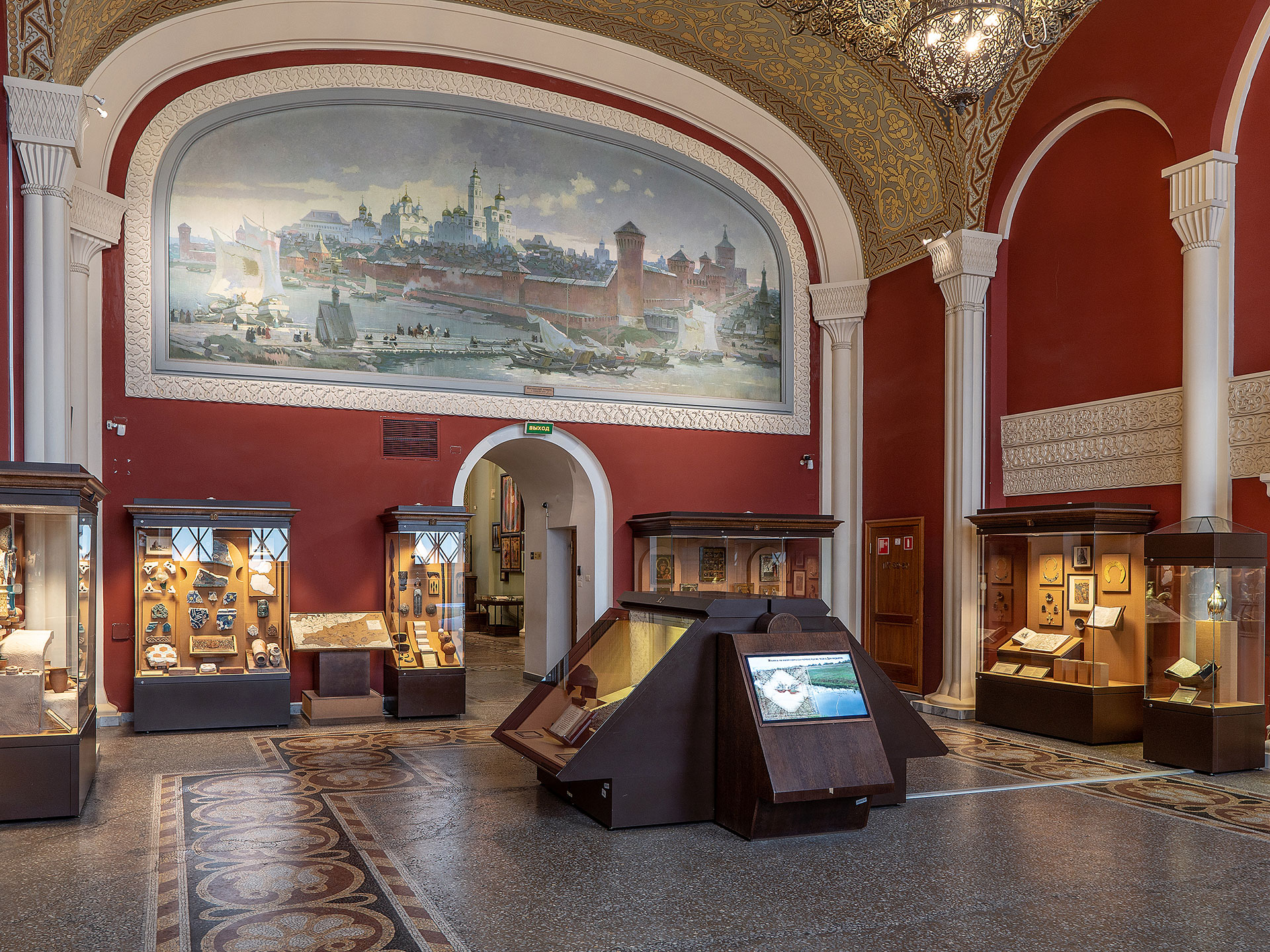
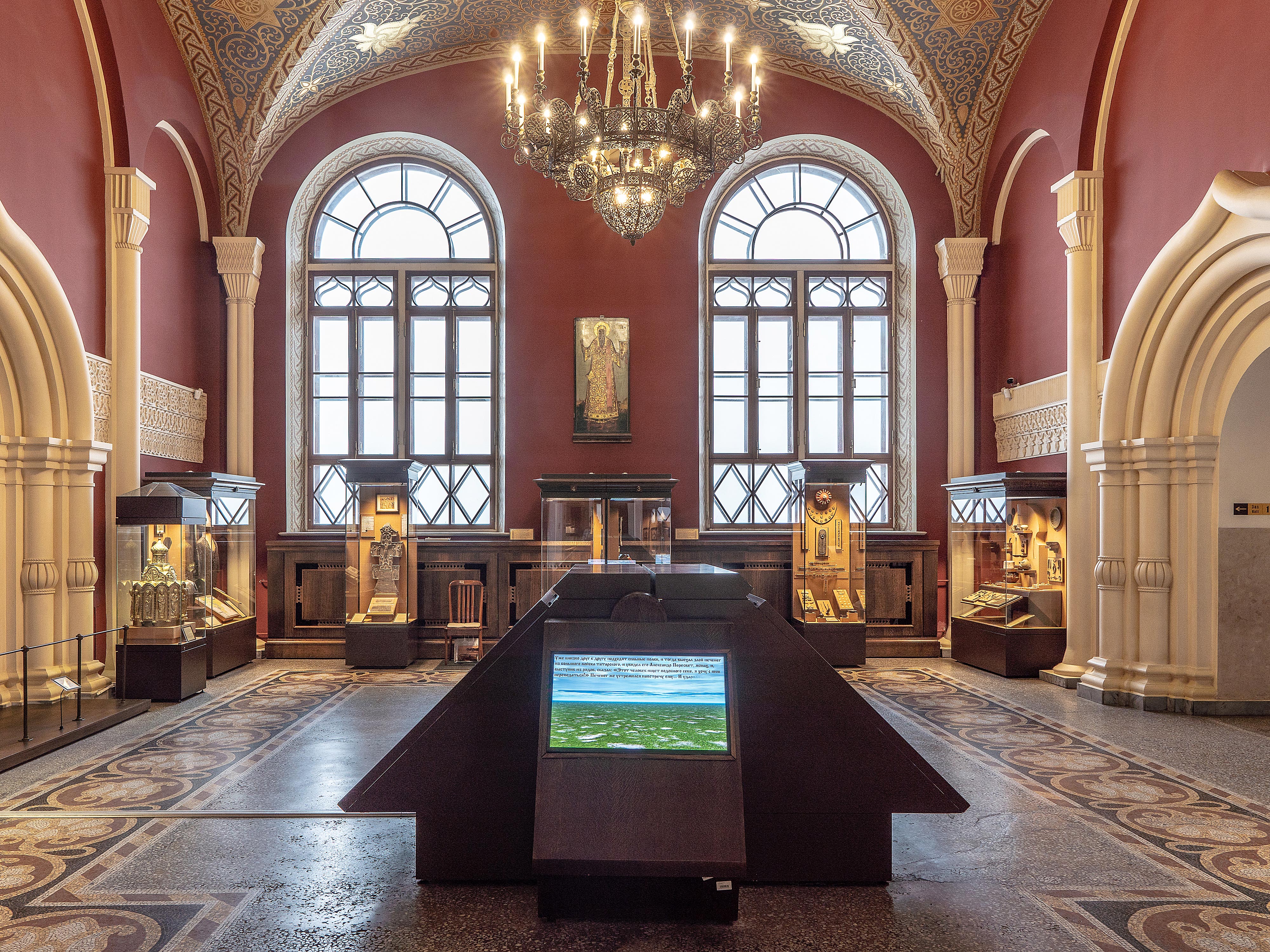
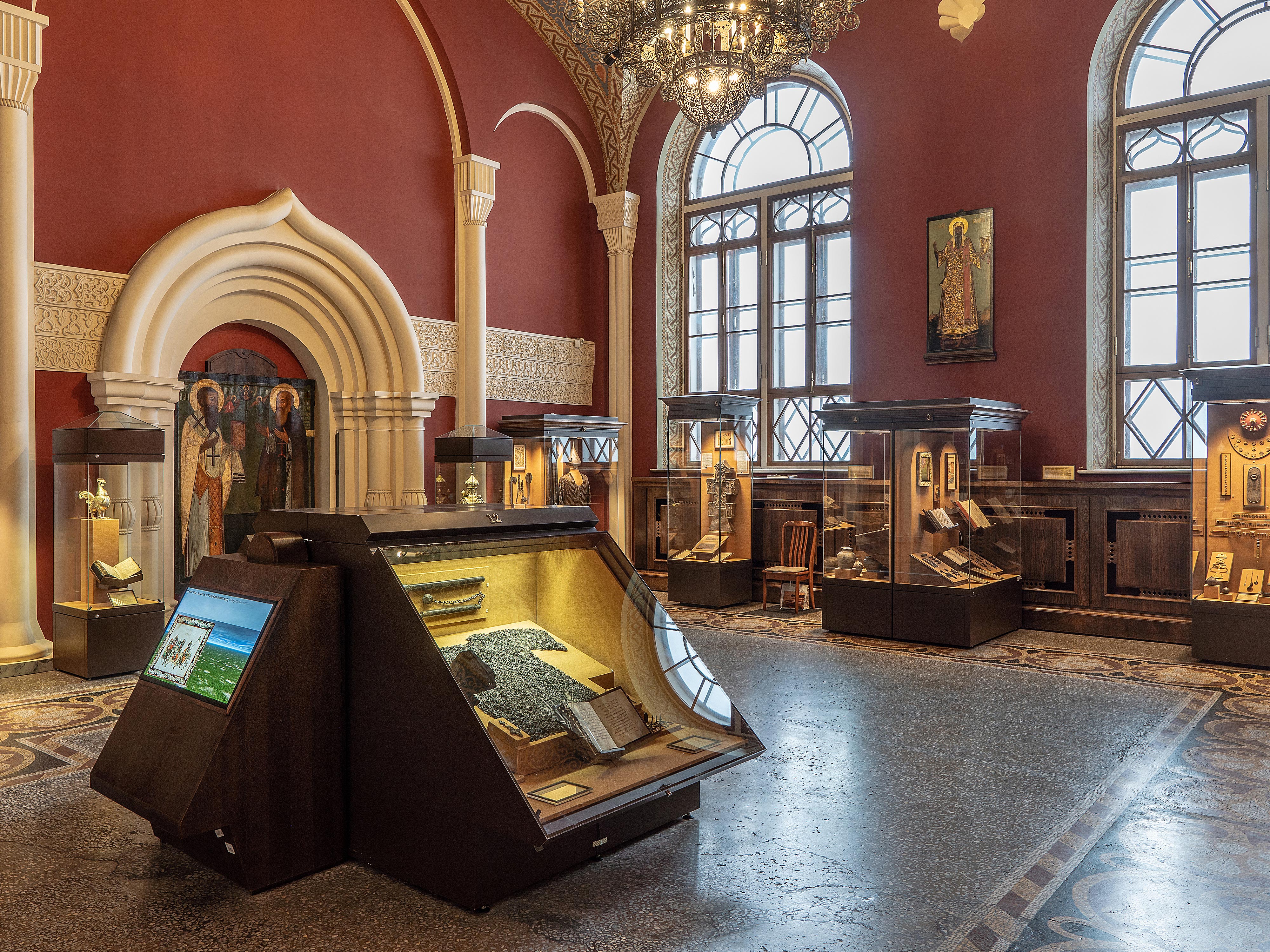
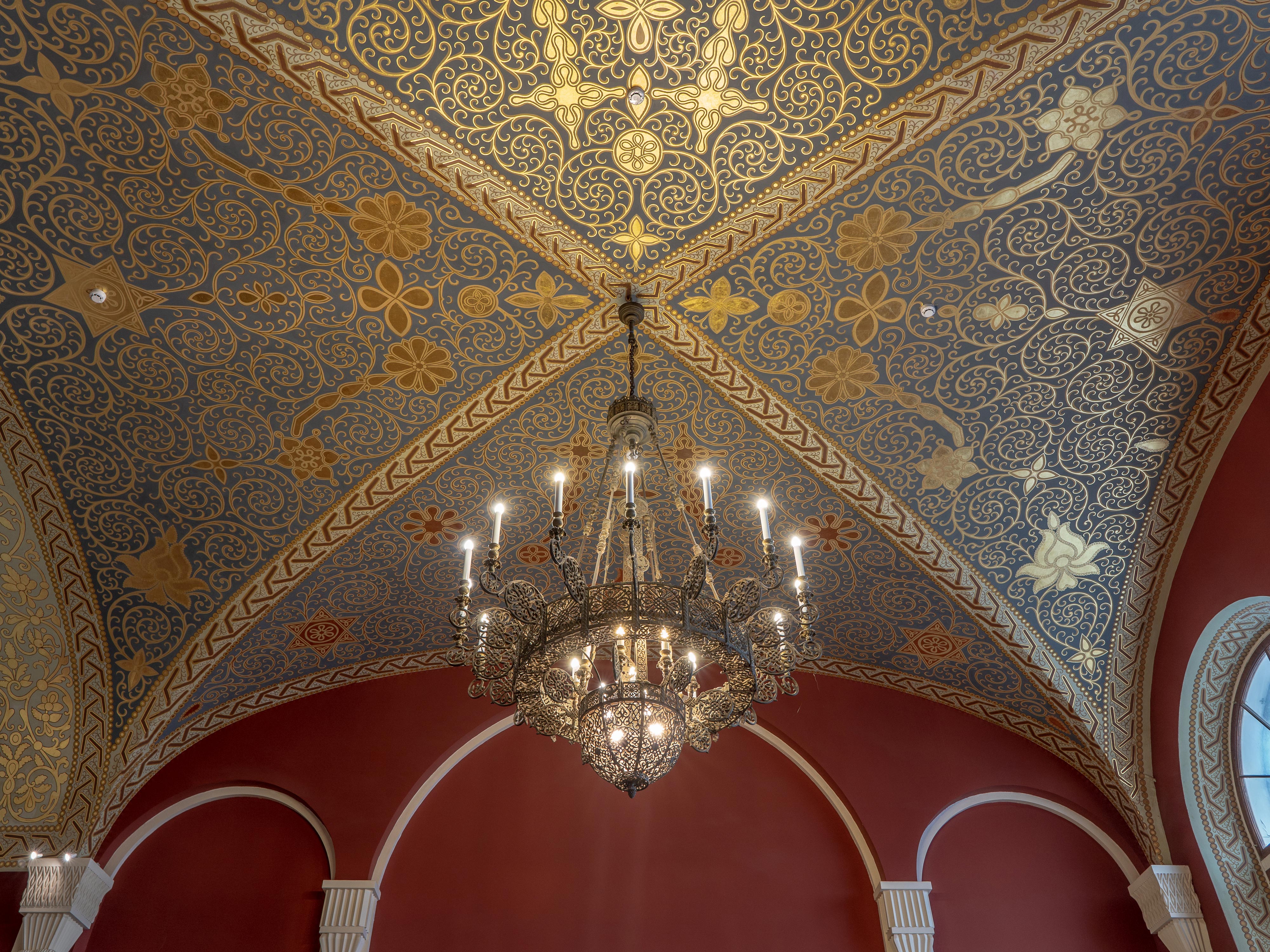
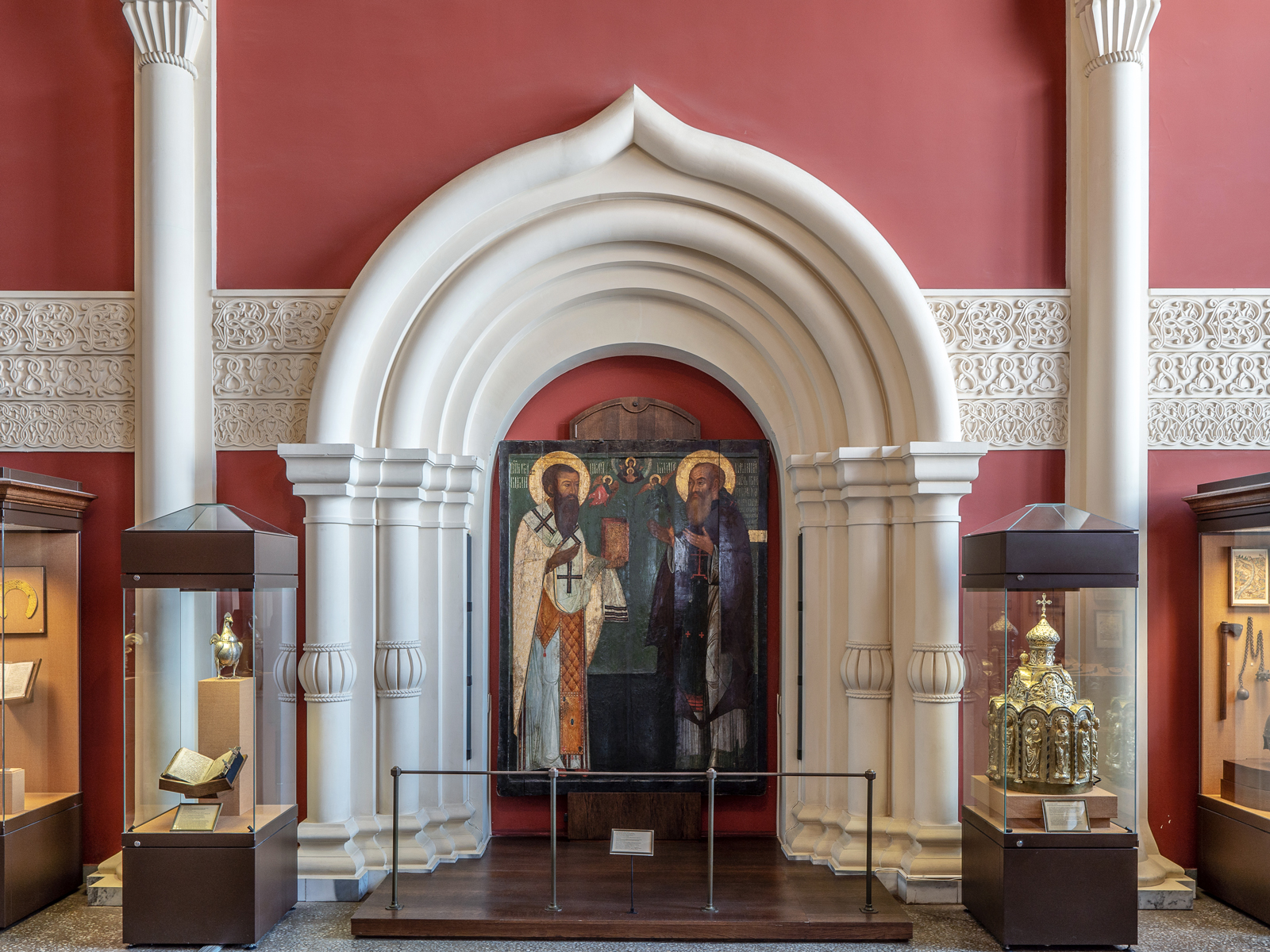
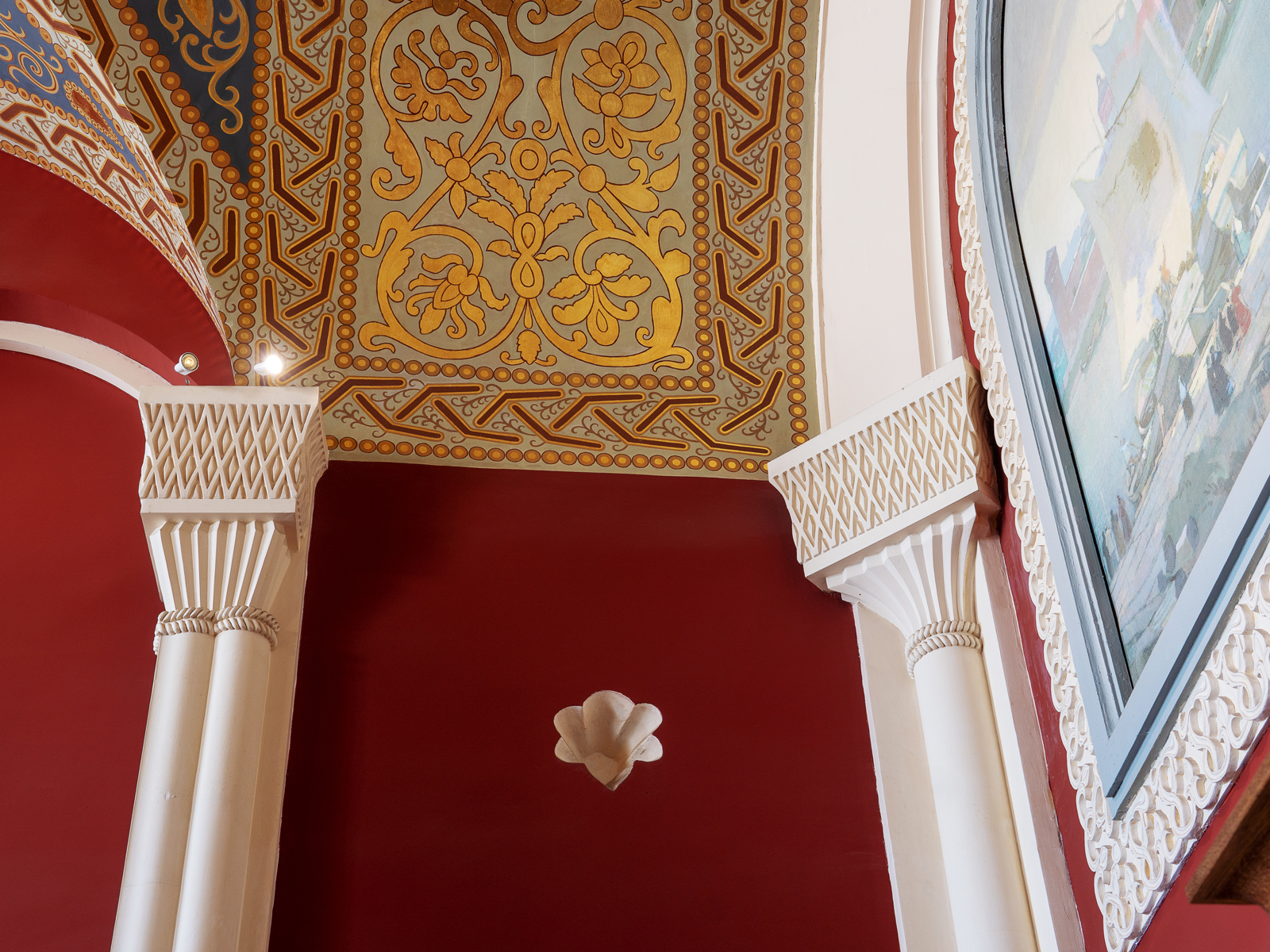
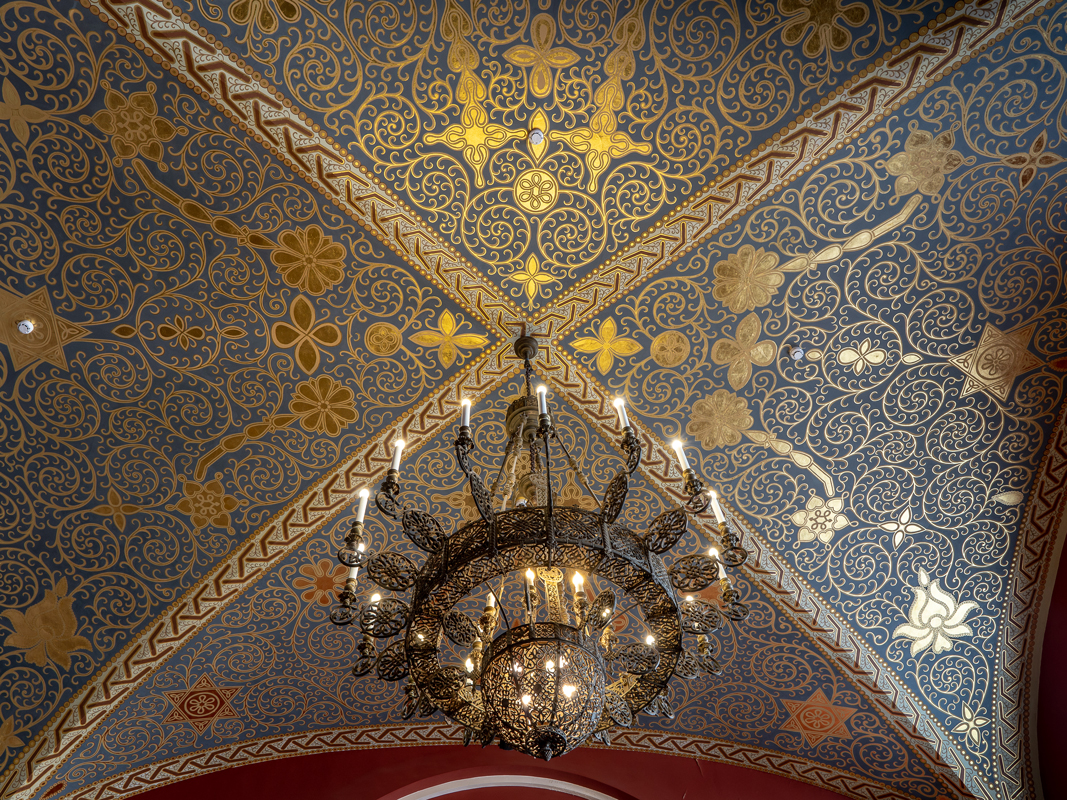
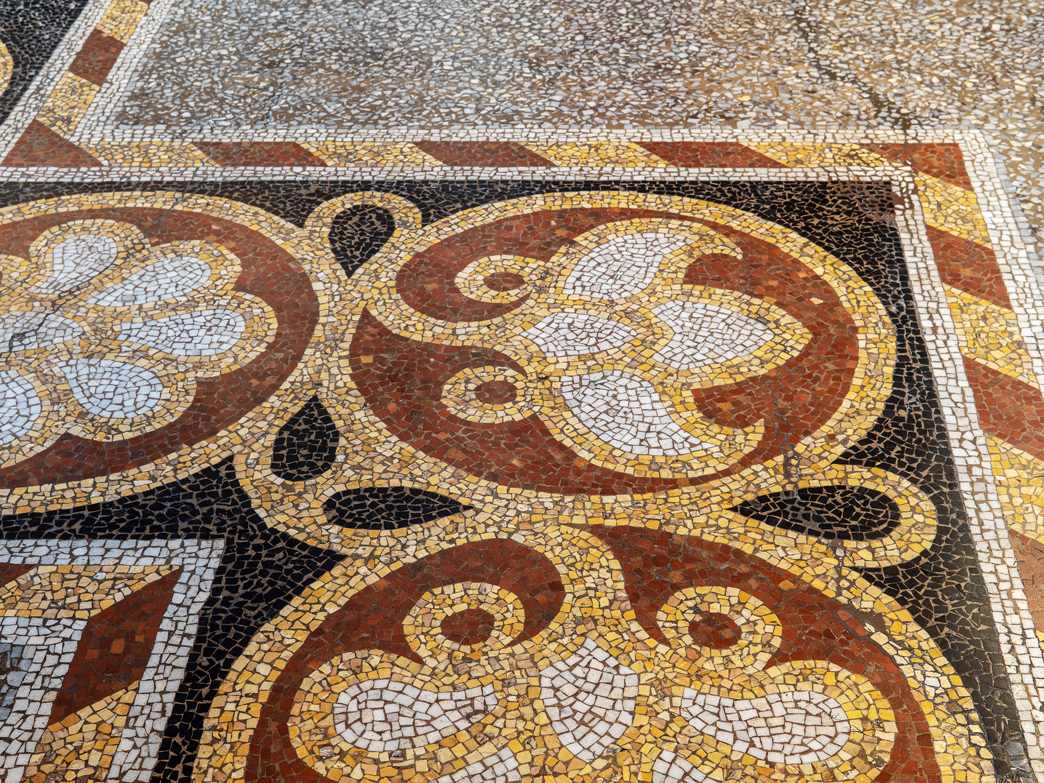
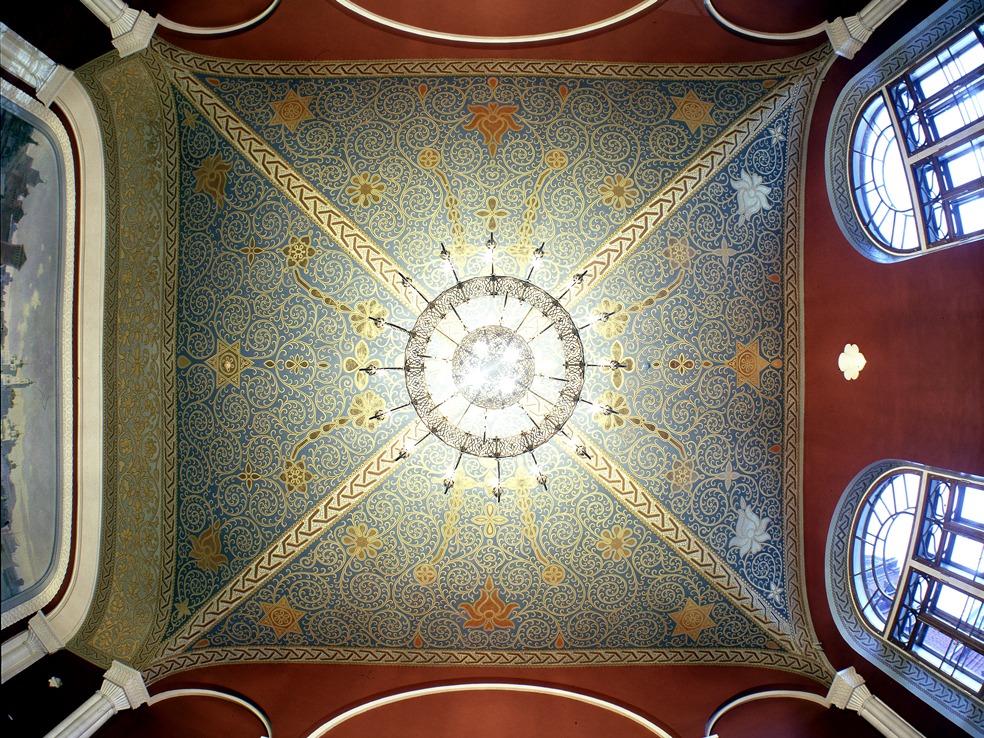
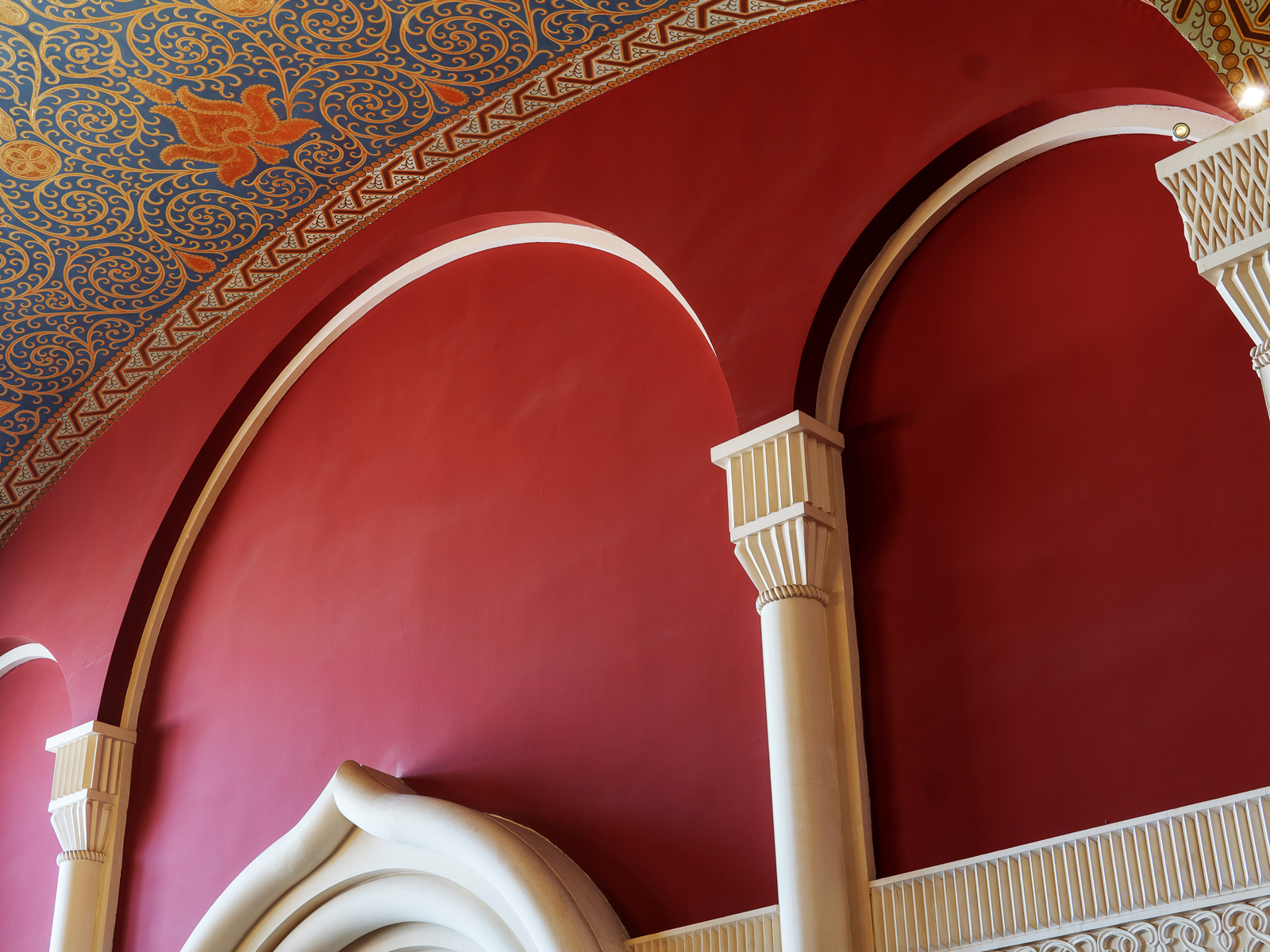
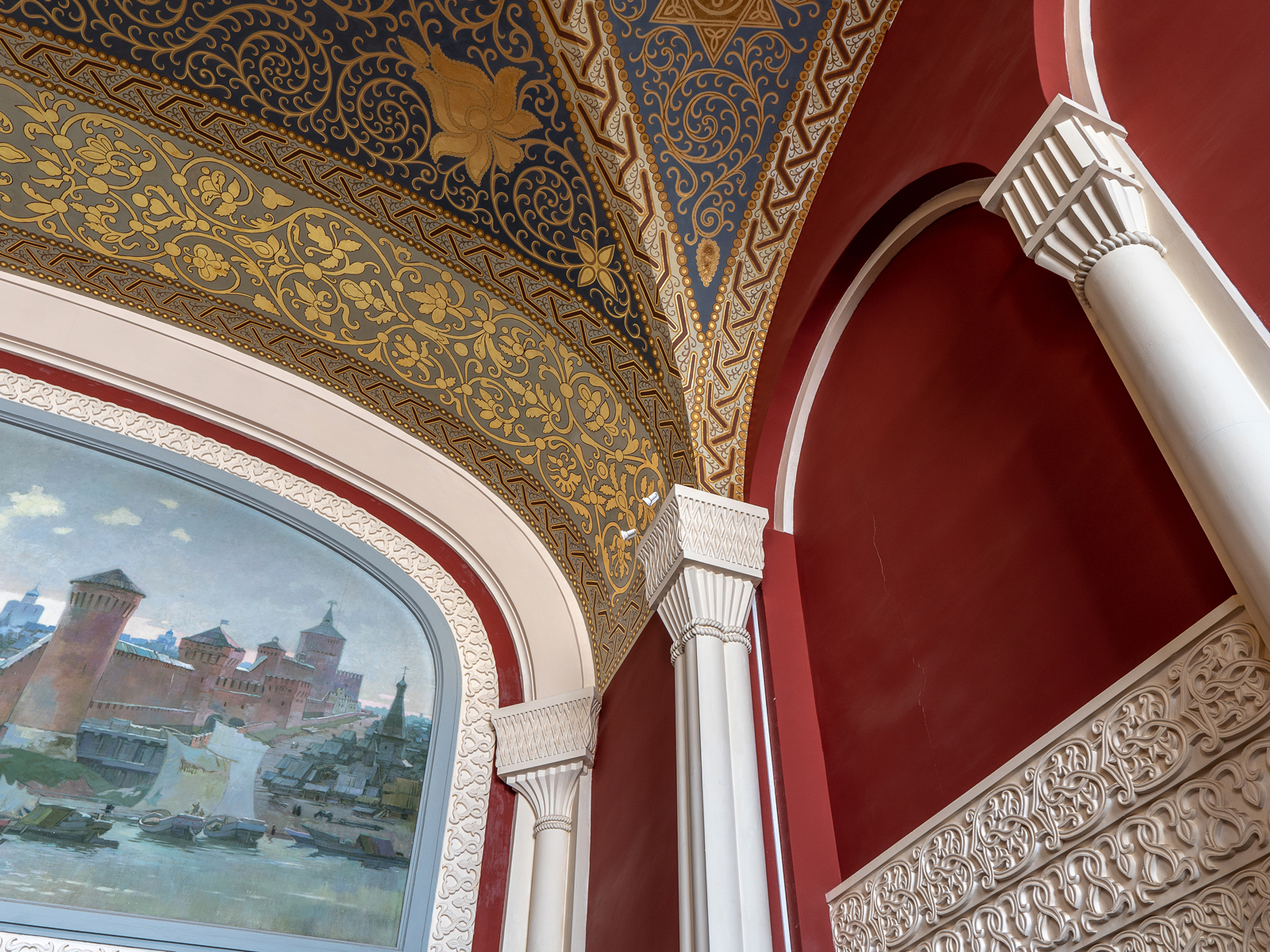
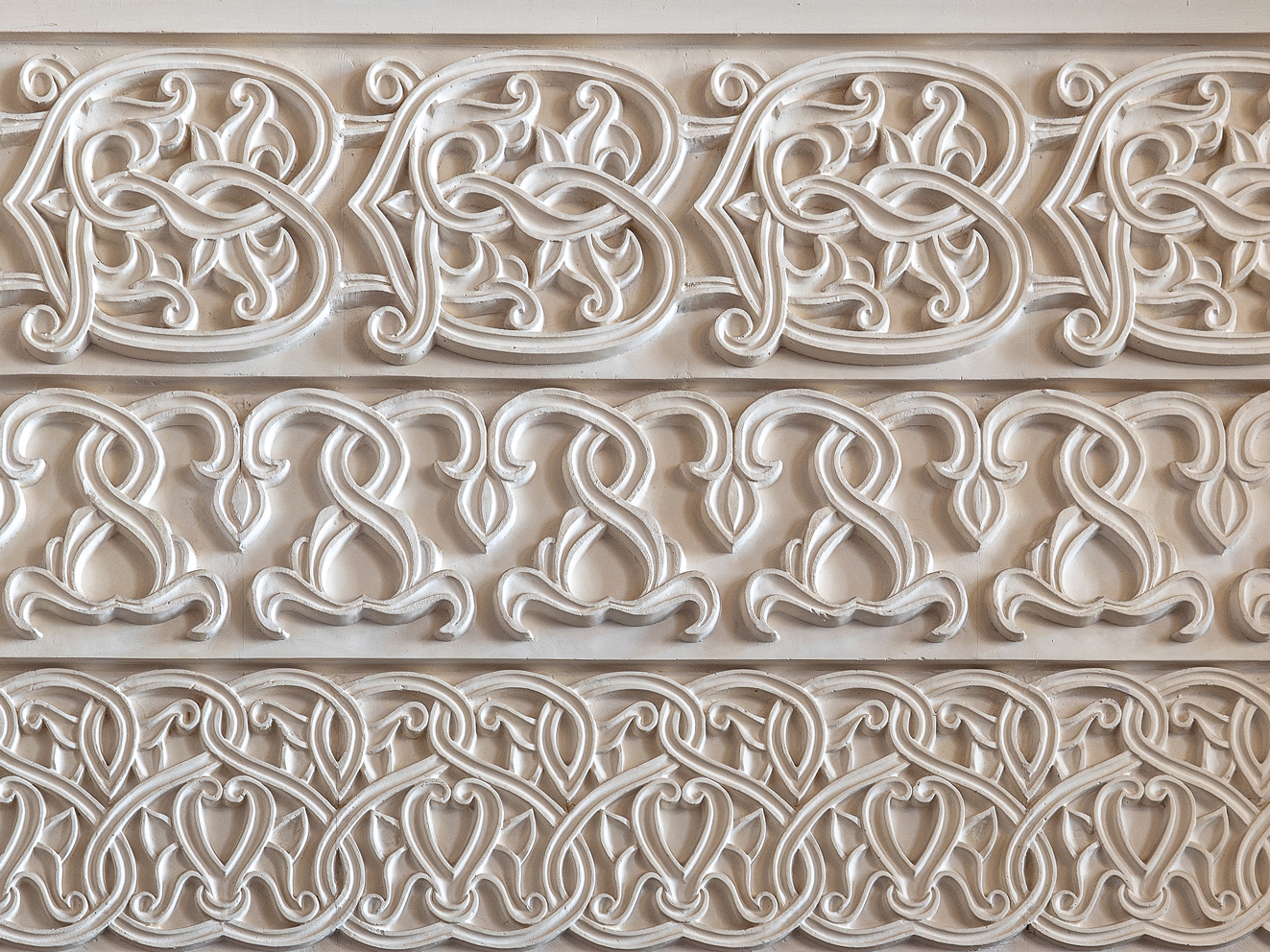
In the middle of the 13th century on the steppe vast of Eurasia from the Danube to Western Siberia and Kazakhstan was established one of the Mongolian States, which was ruled by the descendants of the conqueror of Eastern Europe Khan Batu. Later it was called The Golden Horde. Mongols created a unique urban civilization in the steppes, which combined nomadic and sedentary features, merged achievements of different peoples who lived in these areas: the Mongols, the Polovtsian, the Volga Bulgarians, Slavs and many others. The center of The Golden Horde was in the Lower Volga region, where there were two medieval megalopolises – the Saray al-Mahrus (Old Saray) and the Saray al-Jadid (New Saray). The cities of the Golden Horde were not just administrative, but large handicraft and trade centers as well. However, we should not forget that the cost of bright, although short-lived culture of The Golden Horde was the ruin of entire states, the death and enslavement of thousands of people.
The Mongol invasion and the subsequent yoke influenced the development of the old Russian lands. First of all, the conquerors destroyed the cities – the centers of craft and trade. The Russian Princes had to go to the Khan's headquarters for special credentials – "yarlyk" (label) certifying their rights to reign. They were bringing tribute and rich gifts to the Horde nobles. Many Princes during those visits were killed or poisoned.
Despite the significant damage caused by the invasion, the economy of Russian principalities begun to recover slowly from the end of the 13th century, and more intensively in the 14th century. Deserted after the Tartar destruction areas started slow recovery, ploughed fields were redone and even new fields were ploughed. The system of agriculture was improved – a three-field system was introduced. At the same time leading positions were shifted to Tver, Moscow and Suzdal-Nizhny Novgorod Principalities, that launched an open and bloody full of dramatic events struggle for superiority.
Any of them was capable of heading the process of unification, but it was the Moscow Princes who step by step created conditions for rise and strengthening of Moscow. Very soon from the capital of a small principality Moscow turns into a center that united forces to fight for liberation from the power of the Horde. This was also enabled by the weakening of The Golden Horde, torn apart by strife and the struggle of the descendants of Batu for the Khan's throne. On September 8, 1380, the famous Koulikovo battle took place, in which the Union of Russian Princes led by Grand Duke Dmitry Ivanovich managed to defeat the Hordian regiments under the leadership of the Temnik Mamaj. The Koulikovo battle took place at the banks of the Don river it is for that victory Dmitry Ivanovich received the nickname – Donskoy. Success in the battle showed the only way to overthrow the Tatar-Mongol yoke – the further unification of Russian lands. However, there were still almost 100 years before the final liberation.
In the 15th century The Golden Horde falls apart into several khanates – the Crimean, Astrakhan, Kazan and Siberian. The Great Horde becomes a successor of The Golden Horde, the Russian princes still were forced to obey and pay tribute to its Khans. This "tradition" was broken by the grandson of Dmitry Donskoy, the Great Prince of Moscow Ivan III. "Standing on the Ugra river" in 1480 buried the last hopes of the Hordians for sustaining yoke any longer.
The final stage of "gathering" of Russian lands around Moscow falls on the reign of the son of Ivan III, Grand Duke of Moscow Vasily III. Since that time, the official documents contained a new form of the name of the Russian state – Russia, and Moscow becomes the capital of a single Russian state.
Thematic structure of the hall
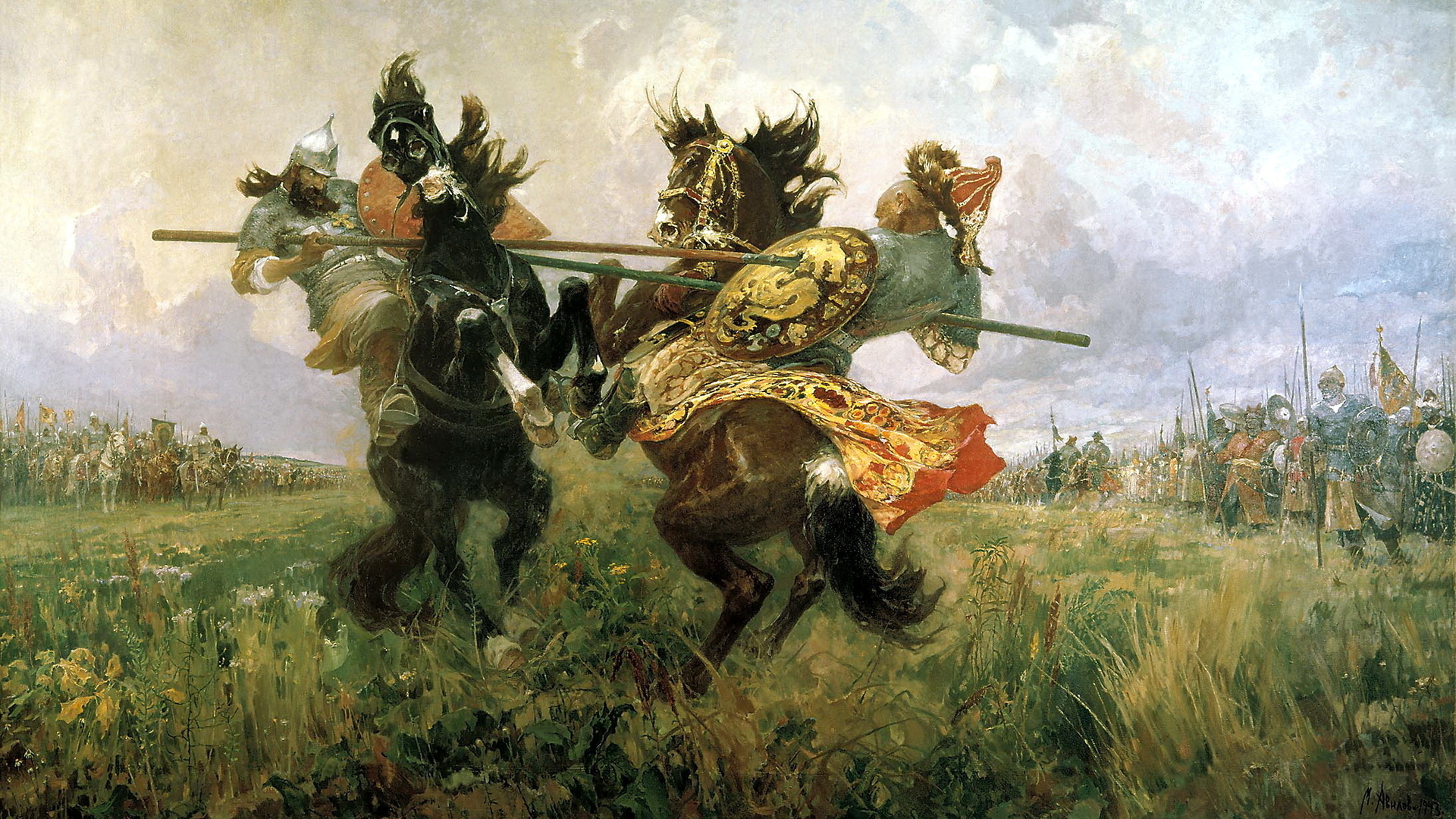
Летом 1242 года Великий западный поход был окончен, войско Бату с награбленным богатством, тысячами пленных вернулось с берегов «последнего» – Адриатического моря в степи Дешт-и-Кыпчака. Именно эта территория и стала ядром будущего государства, одного из крупнейших государств средневековья. Новое государство в составе Монгольской империи охватило огромную территорию, включая земли волжских булгар, половцев, Крым, Кавказ, Западную Сибирь, Приуралье, Хорезм. Арабские и персидские летописцы называли новое государство «улусом», добавляя к нему имя правящего хана – «улус Джучи», «улус Бату» и т.д. Европейские послы и путешественники, посещавшие Монгольскую империю, обозначали его «страной Команов», так в Западной Европе и Византии называли половцев. В русских летописях с конца XIII века употреблялось слово «Орда». «Золотой» же она стала во второй половине XVI века, когда впервые название «Златая Орда» появляется в «Казанском летописце», рассказе об истории русско-татарских отношений со времени образования Золотой Орды до завоевания в 1552 году Иваном Грозным Казанского ханства.
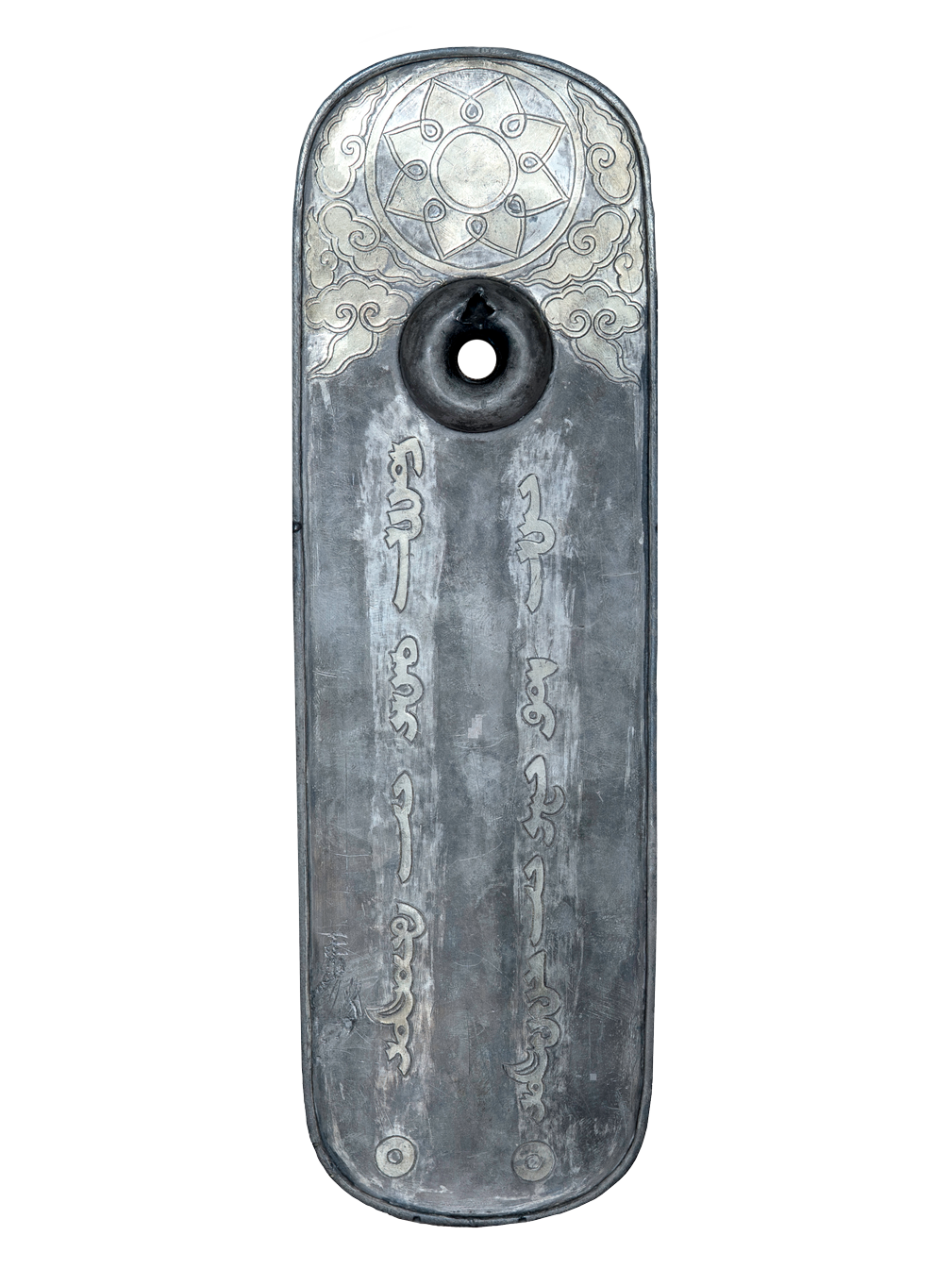
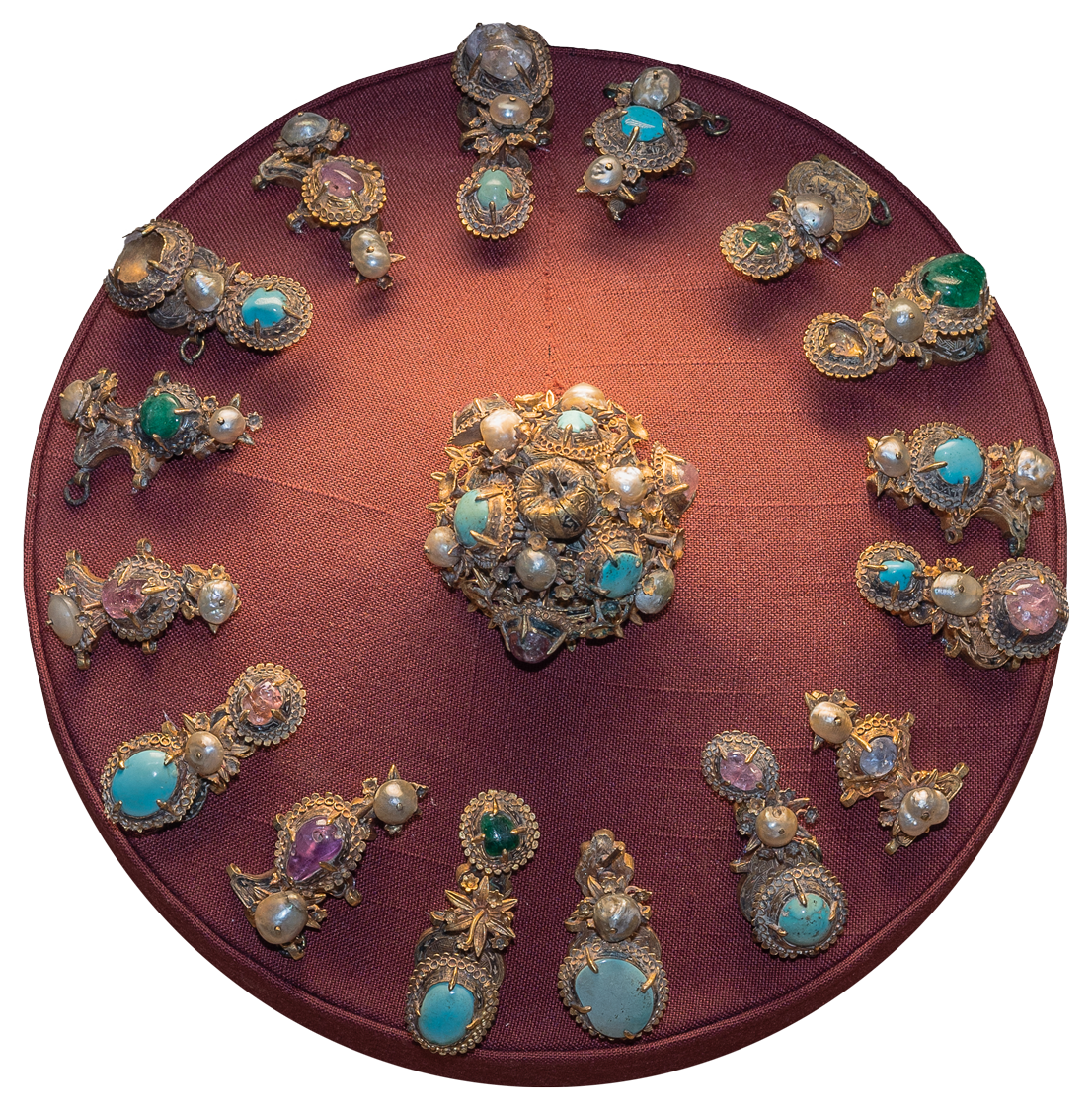
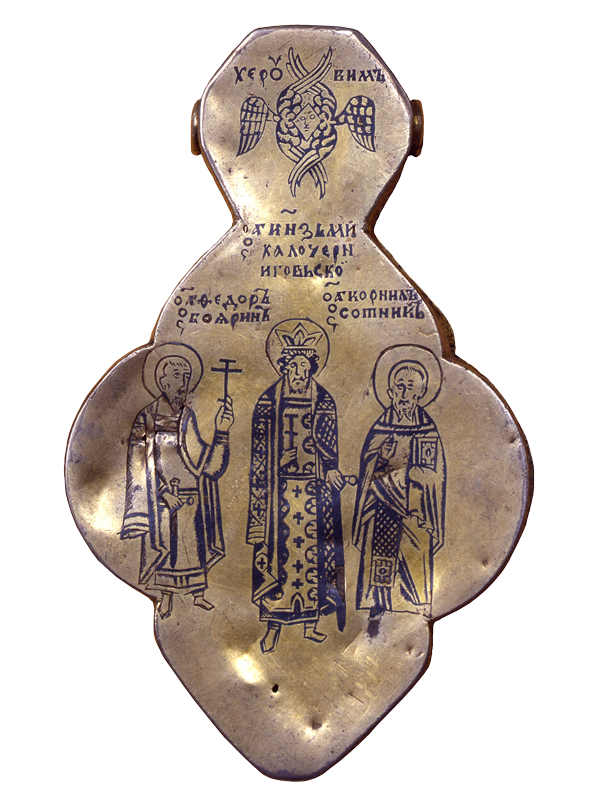
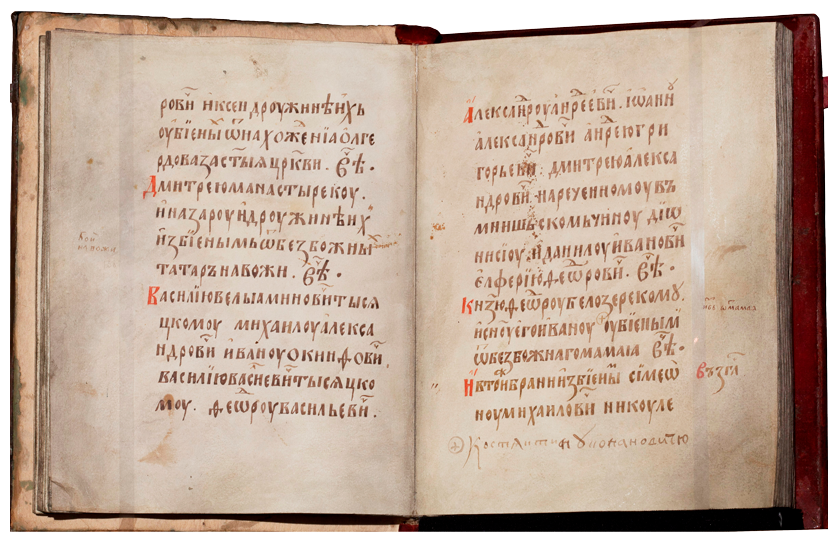
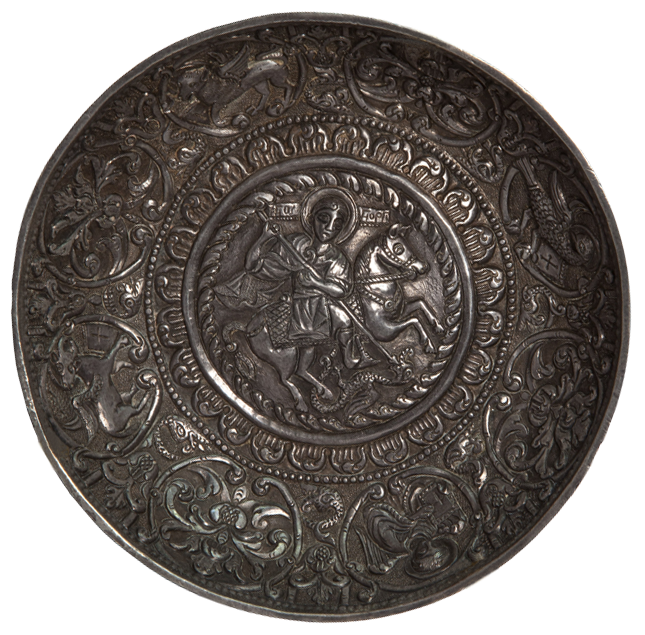
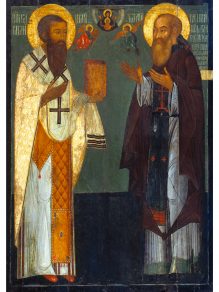
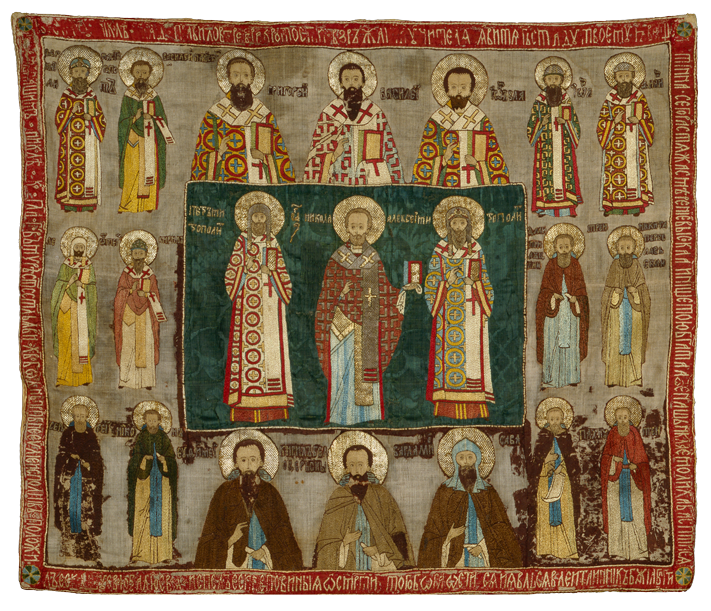
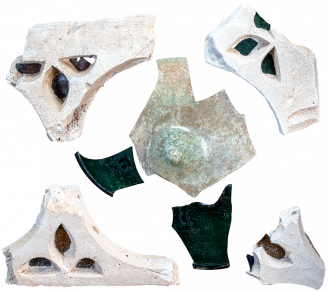
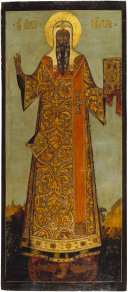
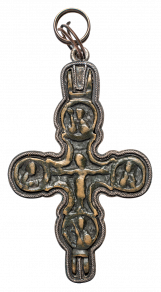
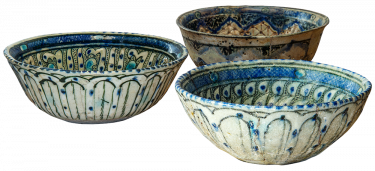
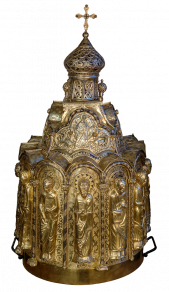
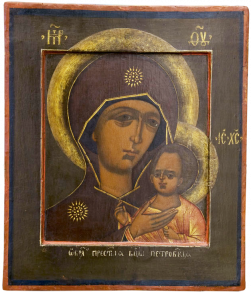

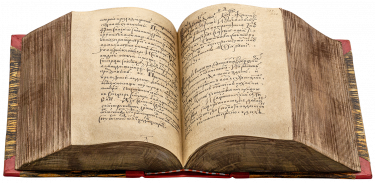
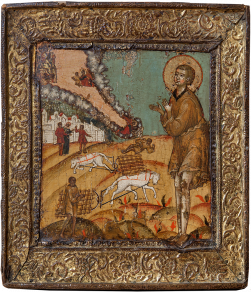
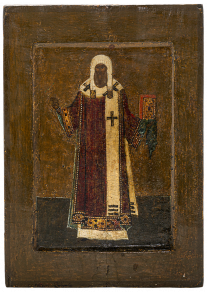
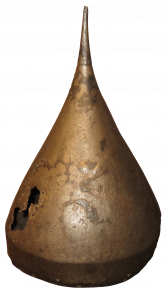
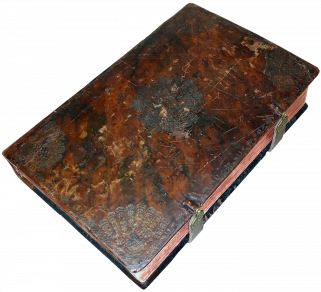

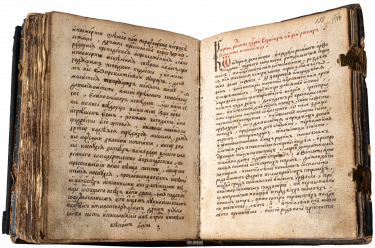
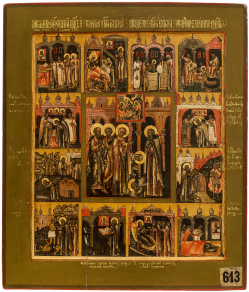
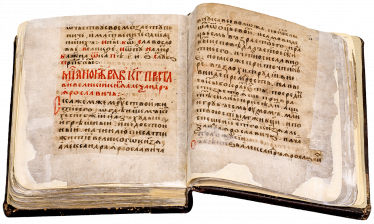
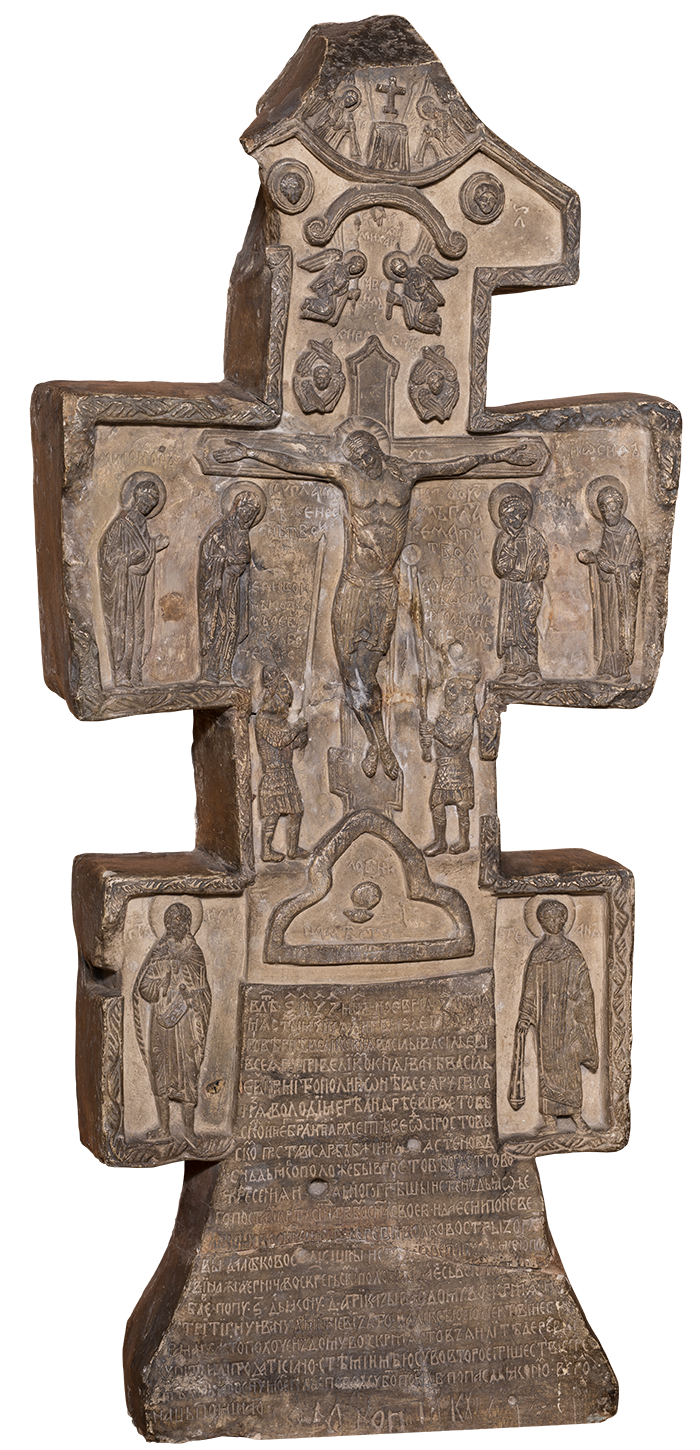
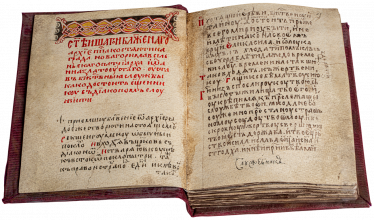

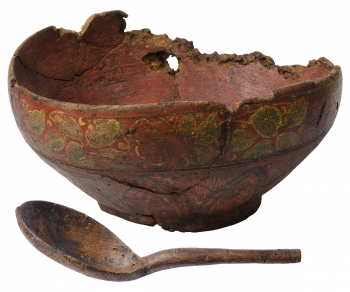
The art design of this hall can truly be considered to be one of the most interesting among the all restored halls of the first floor of the Museum. Initially decoration of the hall began in 1885 and was continued in 1894, when architect Peter S. Boitsov made a project being inspired by the carved stone decoration of the Cathedral of the Dormition of the Mother of God in Zvenigorod and the Holy Trinity Cathedral in the Trinity-Sergiev Monastery. The room was decorated with perspective portals, carved belts and cornices, semi-columns and "rumors" – a type of old Russian resonators. A small metal door (left of the entrance to the hall) is made after one of the doors of the Assumption Cathedral of the Moscow Kremlin.
The pattern of the mosaic floor was borrowed from the cover of the cross of 1212, which belonged to Anthony the Roman – the founder of the Antony’s Monastery in Novgorod.
Painting of the dome and window frames look especially solemn. Those reproduce filigree patterns of the "cap of Monomach" – the famous ancient Russian regalia, "the inheritable crown of Russian rulers".
In 1936, the interior of the hall suffered a barbaric alteration: all stucco was demolished, painting was destroyed. In 1950, a painted panel of artists V.Sikorsky and M.Smolyak "Morning on the River Moscow" appeared over the exit from the hall in the lunette of the Western wall. It was painted according to archaeological and written sources in 1947 for the 800th anniversary of the city.








